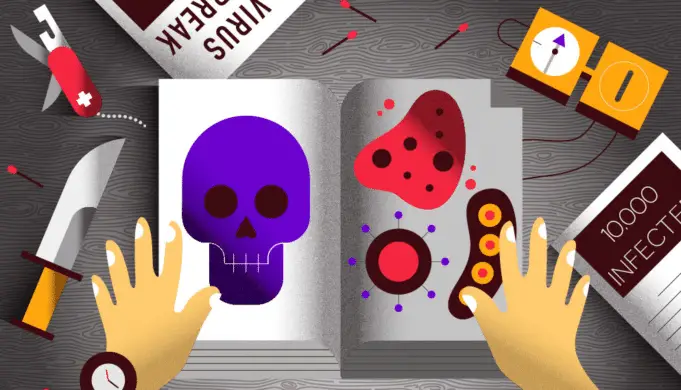With the growth of artificial intelligence, superbugs, and worsening climate change, one can’t help but wonder what’s the greatest threat to humanity?
Robot Revolution
The manufacturing industry has been losing jobs to robots for decades now, but artificial intelligence has the potential to threaten more than just human physical labor. The Associated Press publishes stories written by A.I. and IBM’s Watson helps treat cancer patients.
These technologies threaten our jobs, and have the potential to increase economic disparity on a major scale, but that’s not the only threat A.I. might pose.
More than ever before, nations are turning to robots and A.I. application in the military. With autonomous drones and vehicles that can create their own fuel from plants, machines are taking over human warfare as well as our jobs. Perhaps the robot revolution isn’t as much fiction as we thought.
Unkillable Superbugs
When your doctor warns you to be sure finish your entire course of antibiotics, they’re trying to prevent the development of antibiotic resistant bacteria. These “superbugs” develop when bacteria is exposed to antibiotics and, whether by natural selection or mutation, doesn’t die.
Over time and multiple exposures the bacteria can grow stronger and more resistant to antibiotics, creating superbugs. In the United States, 2 million people are infected by antibiotic-resistant bacteria every year and 23,000 die as a result.
The situation is made worse by overuse of antibiotics when they’re not needed. In fact, nearly 1/3rd of the antibiotic prescriptions made in the United State are unnecessary – often the patient doesn’t even have a bacterial infection.
Pandemic Flu
In 1918, a pandemic flu known as the “Spanish Flu” killed more than 50 million people worldwide. Although pregnant women, infants, and the elderly are usually most vulnerable to the flu, this outbreak killed healthy young adults at a similar rate, as they hadn’t developed any immunity to the new strain.
Currently, the Asian Avian Flu is most concerning. Although this flu infects human only rarely, and usually after contact with an infected animal, it has a 60% mortality rate. If this flu begins to spread among human populations, the results could be catastrophic.
Climate Change
In the past 136 years, 17 of the 18 warmest years on record have been since 2001. CO2 levels are higher than ever and Arctic sea ice is melting, leading sea levels to rise. Global sea levels rose 1.7 to 3.1 millimeter each year for the past 100 years.
That might not seem like much, but for the prior 2000 years, sea levels rose 0.3 millimeters or less each year. Climate change isn’t only bad for the planet, for every 1 inch of sea level rise, we lose up to 8 ft of shoreline.
Think of all the people living in low-lying coastal areas around the world. By 2060, 1.4 billion people could be displaced by rising sea levels. That’s more than 1 in every 10 people. Read this infographic to learn more about what threatens humanity:












